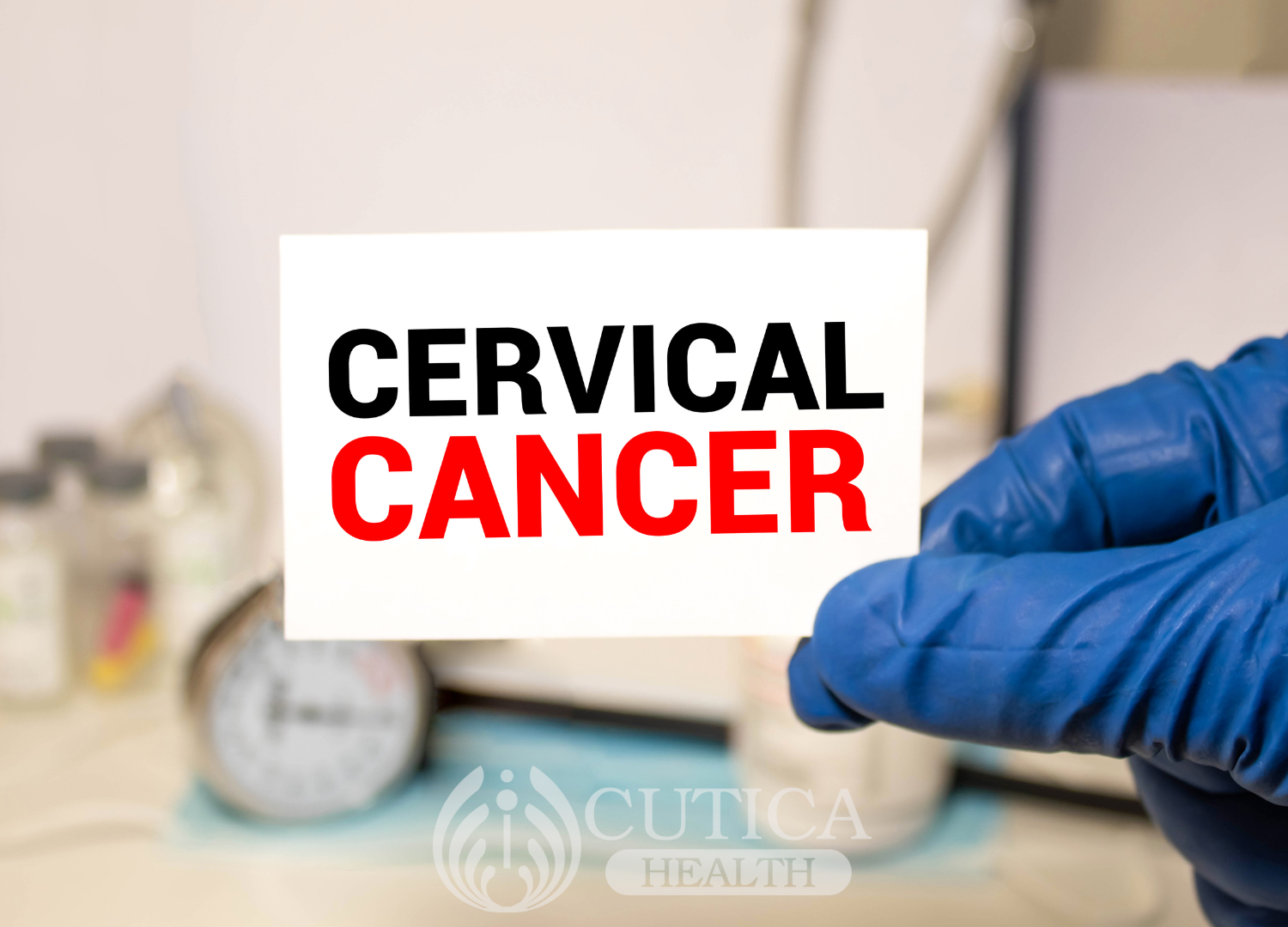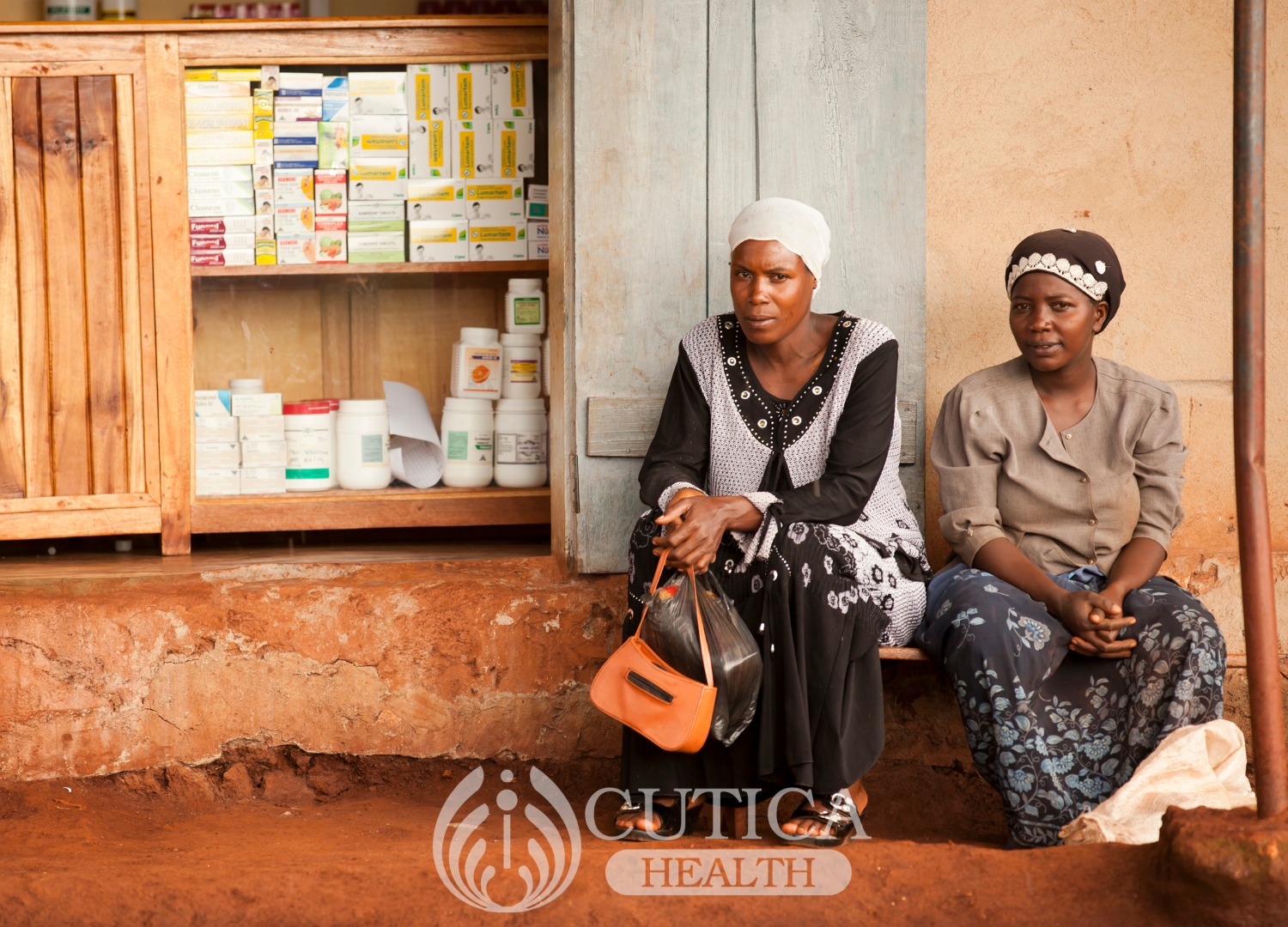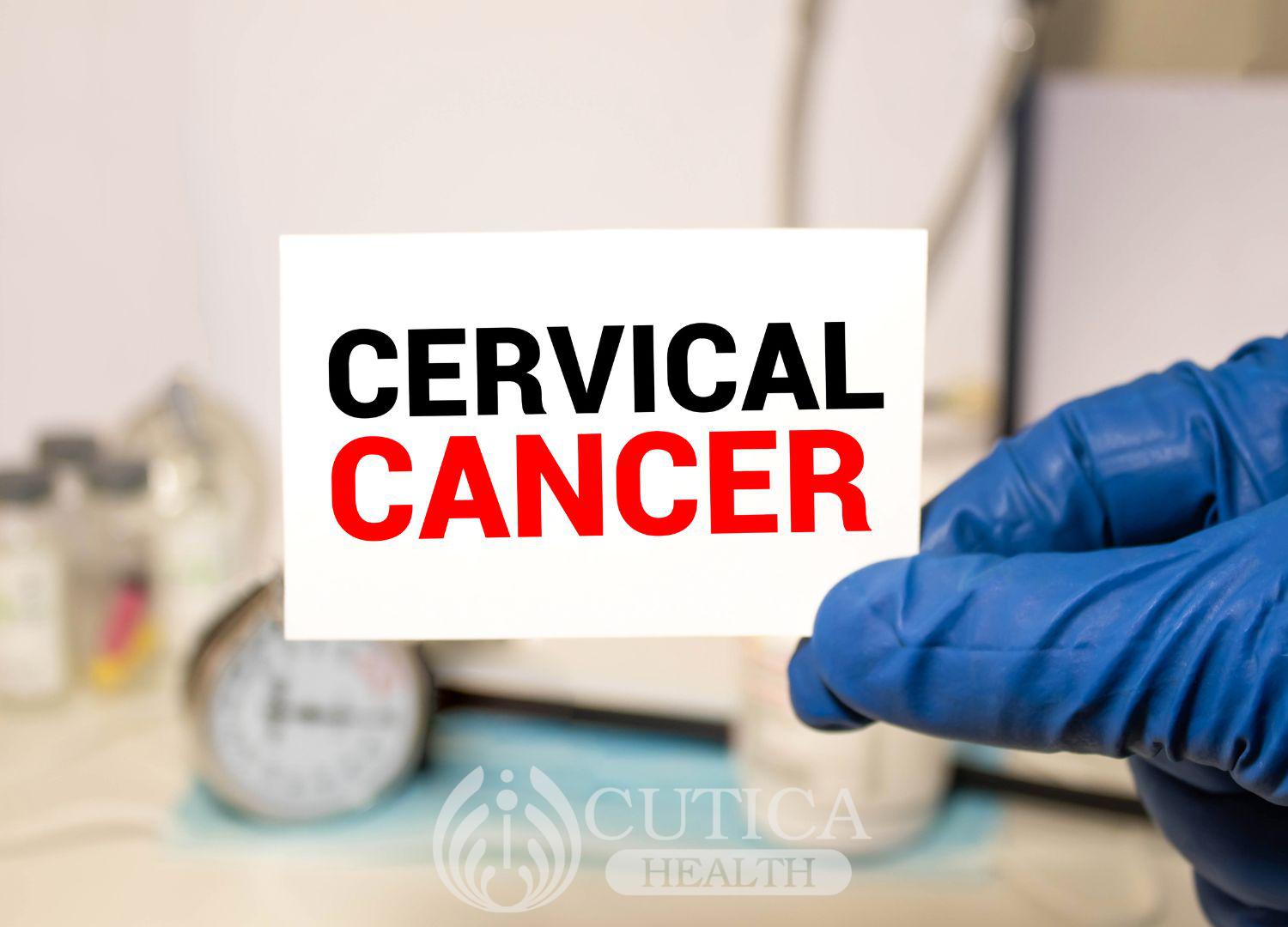
Timini’s mother died about 10 years ago from medical complications following the diagnosis of cervical cancer. The doctors said the cancer had caused her kidneys to fail and she was being prepared for dialysis before she passed on. Since then, Timini and her two younger sisters have visited the gynaecologist for regular pap smears at least every 3 years. But yesterday, the gynaecologist called Timini, her pap smear results were suspicious, and she will need to undergo further tests to determine if she had cervical cancer.
Introduction
Cervical cancer is a significant health concern worldwide, and its impact is particularly pronounced in Africa. While advancements in healthcare have improved the overall landscape of cancer prevention and treatment globally, certain regions still face unique challenges. This is because of the peculiarities of such regions to challenges such as access to healthcare, vaccine scarcity, etc. Africa continues to suffer from cervical cancer due to these peculiarities.
The Burden of Cervical Cancer in Africa
Africa bears a disproportionate burden of cervical cancer, with the disease being one of the leading causes of cancer-related deaths among women on the continent. Limited access to healthcare services, low awareness levels, and socio-economic factors contribute to the high incidence rates. According to the World Health Organization (WHO), over 90% of cervical cancer deaths occur in low- and middle-income countries and Africa accounts for a significant portion of these cases. 
For instance, Nigeria has a population of 60.9 million women ages 15 years and older who are at risk of developing cervical cancer. Current estimates indicate that every year 12075 women are diagnosed with cervical cancer and 7968 die from the disease (HPV Information Centre). The World Health Organisation (WHO) noted that cervical cancer ranks as the 2nd most frequent cancer among women in Nigeria and the 2nd most frequent cancer death among women between 15 and 44 years of age.
Contributing Factors
What are the reasons behind these alarming figures about cervical cancer in Africa? Several factors contribute to the elevated rates of cervical cancer in Africa.
Limited Access to Screening and Vaccination: Many African countries face challenges in providing widespread access to cervical cancer screening and HPV vaccination programs. The lack of resources, infrastructure, and trained healthcare professionals hampers the implementation of preventive measures.
Cultural and Societal Barriers: Cultural norms and societal stigma can deter women from seeking medical assistance, especially for intimate health issues. This reluctance often results in delayed diagnosis and treatment, leading to more advanced stages of cervical cancer.
High Prevalence of Human Papillomavirus (HPV): Persistent infection with high-risk strains of HPV is the primary cause of cervical cancer. In Africa, the prevalence of HPV is relatively high, emphasizing the need for comprehensive vaccination programs targeting young girls before their first sexual encounter.
Raising Awareness: To combat cervical cancer effectively, awareness campaigns play a crucial role. Disseminating information about the risk factors for cervical cancer, such as HPV infection, early initiation of sexual activity, and smoking, is essential for empowering individuals to make informed choices. Also, encouraging women to undergo regular Pap smears or HPV testing is vital for early detection. Highlighting the importance of early diagnosis can significantly improve treatment outcomes. Promoting HPV vaccination as a preventive measure, ideally before the onset of sexual activity, can significantly reduce the incidence of cervical cancer.
Preventive Strategies
Governments, NGOs, and healthcare organizations can implement the following strategies to reduce the impact of cervical cancer in Africa.
Expand Access to Healthcare: Investing in healthcare infrastructure, training healthcare professionals, and making screening and treatment facilities more accessible can contribute to early detection and improved outcomes.
Subsidize Vaccination Programs: Governments can subsidize or provide free HPV vaccinations to ensure broader coverage, especially targeting young girls in schools. This has been done quite recently in Nigeria.
Community Engagement: Engaging with local communities, addressing cultural barriers, and collaborating with community leaders can help dispel myths and encourage women to prioritize their health.
Conclusion

Addressing cervical cancer in Africa requires a multi-faceted approach that combines awareness, education, preventive measures, and improved access to healthcare. By tackling these challenges head-on, we can strive to reduce the incidence of cervical cancer, improve early detection rates, and ultimately save lives.












